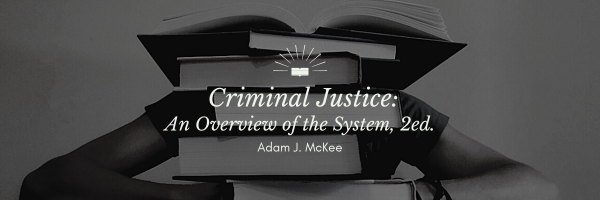Welcome to the world of prisons, jails, and community corrections, where individuals who have been convicted of crimes are held accountable for their actions and given a chance to rehabilitate themselves. In this chapter, we will explore the differences between jails and prisons, the rights of prisoners, probation, parole, and community corrections.
Jails and prisons are essential components of the criminal justice system, and they serve different purposes. Jails are typically used to hold individuals who have been arrested or are awaiting trial, while prisons are used to hold individuals who have been convicted of crimes and are serving their sentences. Understanding the differences between jails and prisons is essential for understanding the administration of justice and the lives of those who are incarcerated.
The rights of prisoners are critical for ensuring that individuals are treated humanely and are given the opportunity to rehabilitate themselves. These rights include access to medical care, religious practices, and legal representation. Understanding the rights of prisoners is essential for those working in the field, as it can have a significant impact on the lives of those who are incarcerated.
Probation and parole are critical components of the criminal justice system, as they provide individuals with an opportunity to rehabilitate themselves and re-enter society. Probation involves the supervision of individuals who have been convicted of crimes but are allowed to remain in the community under certain conditions. Parole, on the other hand, involves the early release of individuals from prison, with the condition that they will be supervised and adhere to certain conditions. Understanding probation and parole is essential for those working in the field, as it can have a significant impact on the lives of those who are released from prison.
Finally, community corrections are a critical component of the criminal justice system, as they involve a range of programs and services designed to help individuals who have been convicted of crimes to reintegrate into society. These programs can include job training, substance abuse treatment, and mental health services. Understanding community corrections is essential for those working in the field, as it can have a significant impact on the rehabilitation and reintegration of individuals into society.
Prisons, jails, and community corrections are essential components of the criminal justice system, and understanding their principles and practices is critical for those seeking to work in the field. Whether you are a criminal justice major or taking this course as an elective, the knowledge and skills gained from this chapter will provide a solid foundation for understanding the role of corrections in the criminal justice system. By exploring the differences between jails and prisons, the rights of prisoners, probation, parole, and community corrections, you will gain a deeper understanding of how the justice system works to rehabilitate and reintegrate individuals who have been convicted of crimes.
- Hudson v. Palmer (1984)
- Wolf v. McDonnell (1974)
- Mempa v. Rhay (1967)
- Morrissey v. Brewer (1972)
- Gagnon v. Scarpelli (1973)
- Furman v. Georgia (1972)
- Gregg v. Georgia (1976)
- Atkins v. Virginia (2002)
Last Updated: 10/24/2023
You are welcome to print a copy of pages from this Open Educational Resource (OER) book for your personal use. Please note that mass distribution, commercial use, or the creation of altered versions of the content for distribution are strictly prohibited. This permission is intended to support your individual learning needs while maintaining the integrity of the material.

